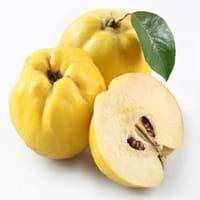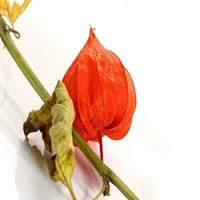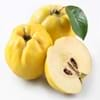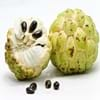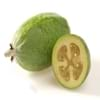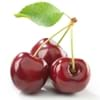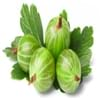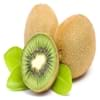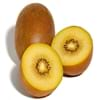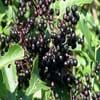Health Benefits
Cancer prevention, Cures gastro-intestinal troubles, Reduces nervous tension, Ulcer prevention
Anti-oxidant properties, Anti-inflammatory properties, Cancer prevention, Maintains healthy cholesterol level, Reduces blood circulation problems, Treatment of cough, fever & sore throat, Treatment of Hypertension
General Benefits
Anti oxidant properties, Anti-inflammatory properties, Boosts immune system, Controls blood pressure, Digestive aid, Eye care, Helps in weight loss, Improves blood circulation, Maintains healthy cholesterol level
Treatment of asthma, Treatment of cataract, Treatment of hepatitis, Treatment of macular degeneration, Treatment of neurodegenerative diseases
Skin Benefits
Anti-aging benefits, Reduces wrinkles
Treatment of Rheumatism & Dermatitis, Treatment of Skin Inflammation
Hair Benefits
Regulates hair growth
Unknown
Side Effects
Allergic reaction
Hypertension, Ventricular Tachycardia
Best Time to Eat
As a snack in the late afternoon, Don't consume at night and before bed, Eat the fresh ones, avoid mixing with any other foods, don't eat after meal., Morning time (before lunch)
As a snack in the late afternoon, Eat the fresh ones, avoid mixing with any other foods, don't eat after meal., Morning time (before lunch), Strictly avoid empty stomach
Vitamin B5 (Pantothenic Acid)
Not Available
Vitamin B6 (Pyridoxin)
Not Available
Vitamin B9 (Folic acid)
Not Available
Vitamin C (Ascorbic Acid)
Vitamin E (Tocopherole)
Not Available
Water Content
Not Available
Calories in Fresh Fruit with Peel
Calories in Fresh Fruit without Peel
Not Available
Not Available
Calories in Frozen Form
Not Available
Not Available
Calories in Dried Form
Not Available
Calories in Canned Form
Not Available
Not Available
Type
Tree fruit
Fruit vegetable
Season
Winter
Spring, Summer
Varieties
Meech’s Prolific, Lusitanica, Champion and Vranja AGM
Physalis franchetii, Physalis pruinosa, Physalis peruviana, Physalis heterophylla and Physalis philadelphica
Color
Green, Yellow
Bright Yellow, Orange
Inside Color
White
Orange
Origin
Iran, South-West Asia, Turkey
Chile, Peru
Soil Type
Loam, Well-drained
NA
Climatic Conditions
Warm
NA
Facts about
- Due to its strong & fruity aroma, brides consumed quince to ensure "perfumed lips".
- It is also called as ‘Pear of Cydonia’, being native to Caucasus and Iran.
- They call it as the ‘golden apple’ of Greek Mythology.
NA
Other Countries
Algeria, Argentina, Azerbaijan, China, Iran, Morocco, Serbia, Spain, Uzbekistan
NA
Top Importer
United States of America
Netherlands
Top Exporter
Argentina
Colombia
Botanical Name
Cydonia oblonga
Physalis Peruviana
Synonym
C. vulgaris
Alkekengi, Herschellia & Pentaphitrum
Subkingdom
Tracheobionta
Tracheobionta
Division
Magnoliophyta
Magnoliophyta
Class
Magnoliopsida
Magnoliopsida
Subclass
Rosidae
Asteridae
Family
Rosaceae
Solanaceae
Species
C. oblonga
Physalis
Generic Group
Rose
Not Available
Compare Quince and Physalis
It is important compare Quince and Physalis as both the fruits have a different nutritional value. Their comparison can be done on the basis of their vitamin and mineral content, calories, benefits as well as characteristics, making it easier for us to choose the best fruit for our diet. Their general health benefits are as follows:
Quince Benefits: anti oxidant properties, anti-inflammatory properties, boosts immune system, controls blood pressure, digestive aid, eye care, helps in weight loss, improves blood circulation and maintains healthy cholesterol level.
Physalis Benefits: treatment of asthma, treatment of cataract, treatment of hepatitis, treatment of macular degeneration and treatment of neurodegenerative diseases.
Fruits are also used as a remedy for various hair problems. The hair benefits of Quince are: regulates hair growth and hair benefits of Physalis are: unknown. Some fruits are known to cause allergic reactions. The allergy symptoms of first fruit are: na and the symptoms of second fruit are: na. Get sorted Quince vs Physalis comparison with the help of fruit comparison tool by fruitvs.com.
